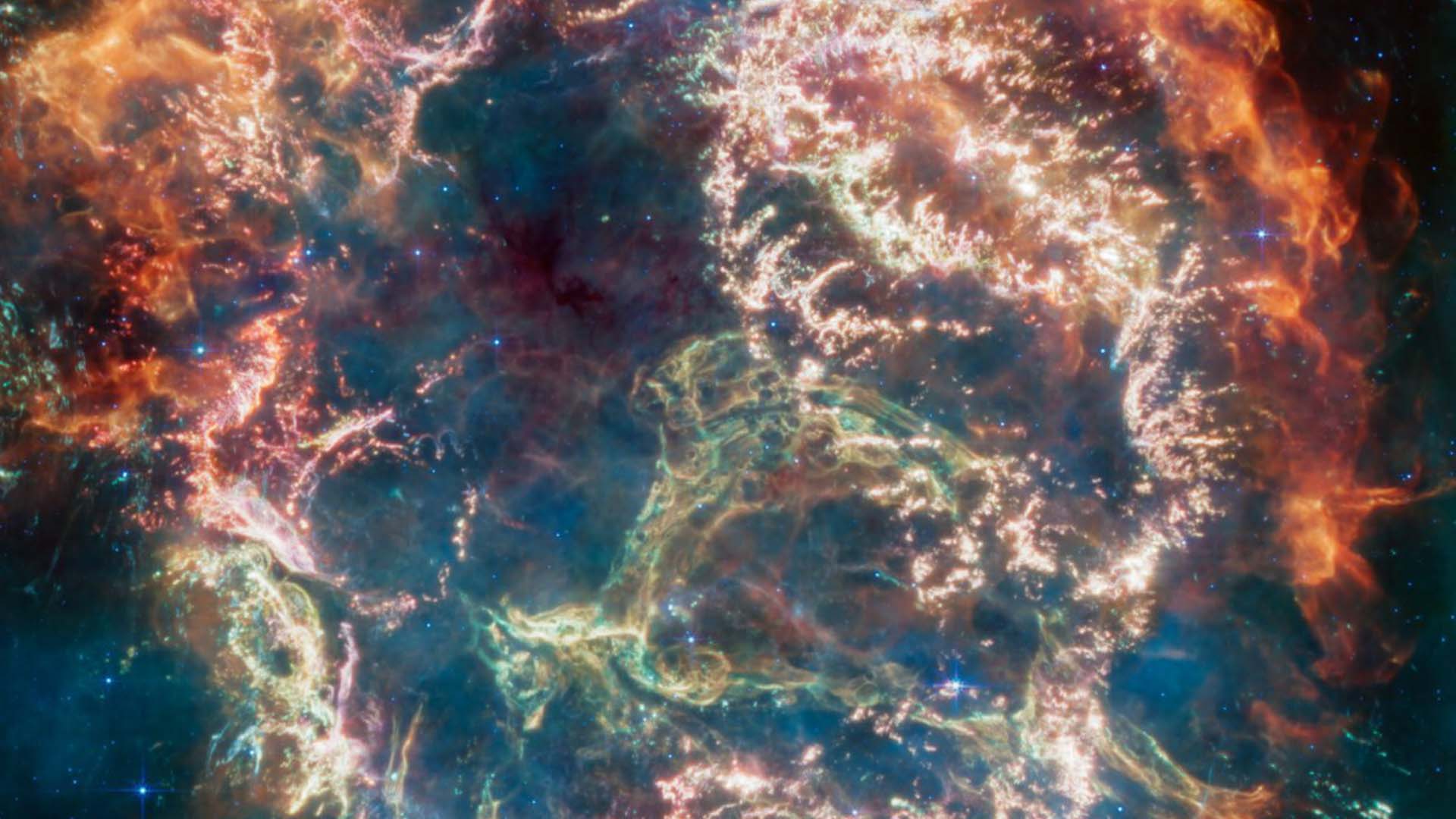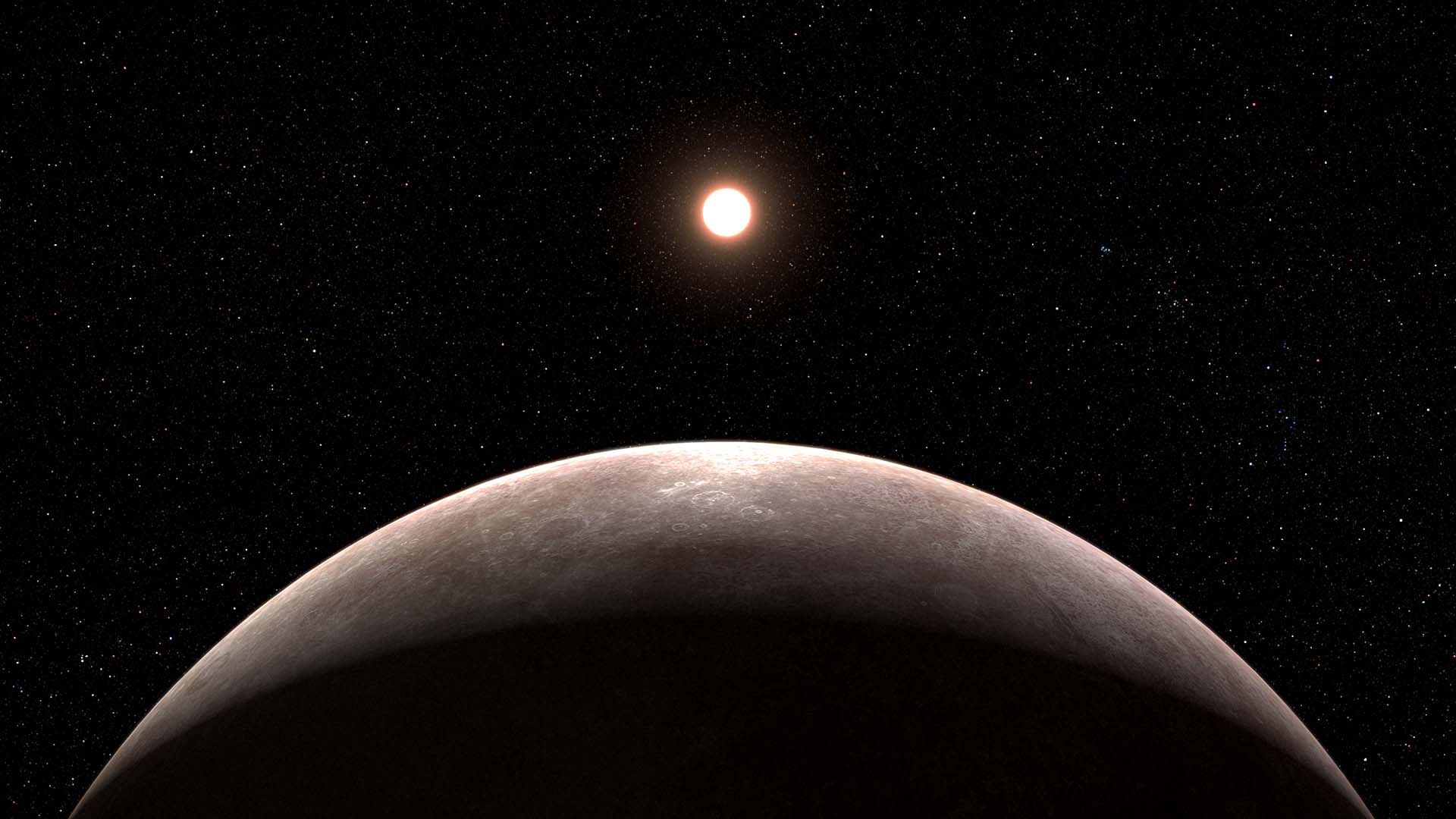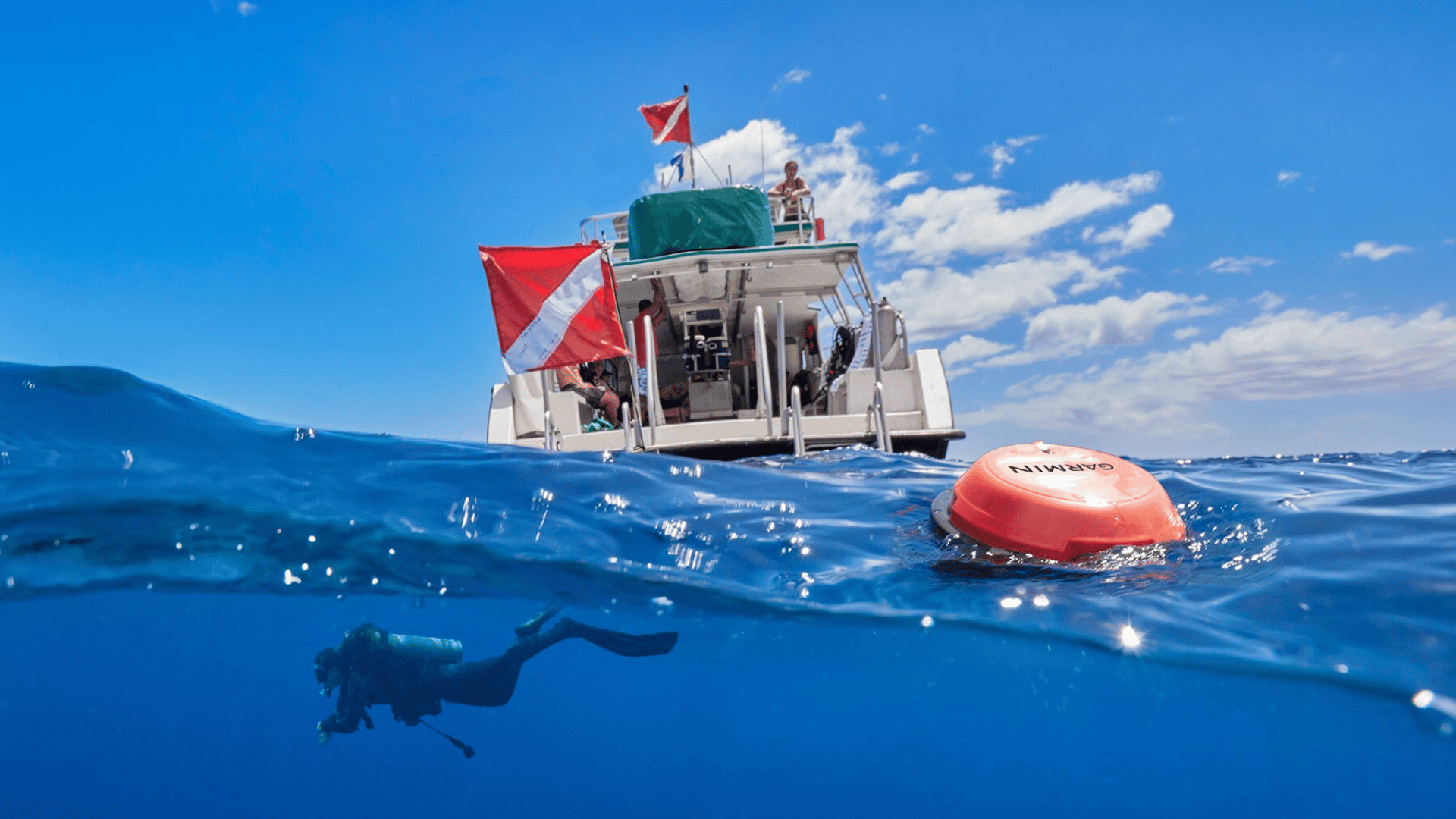On May 10, the Space Telescope Science Institute (STScI) announced the selected programs that determine what the James Webb Space Telescope will observe in the second cycle of Webb’s research. The selection involved an extensive peer-review process where 1,602 proposals were whittled down to just 249.
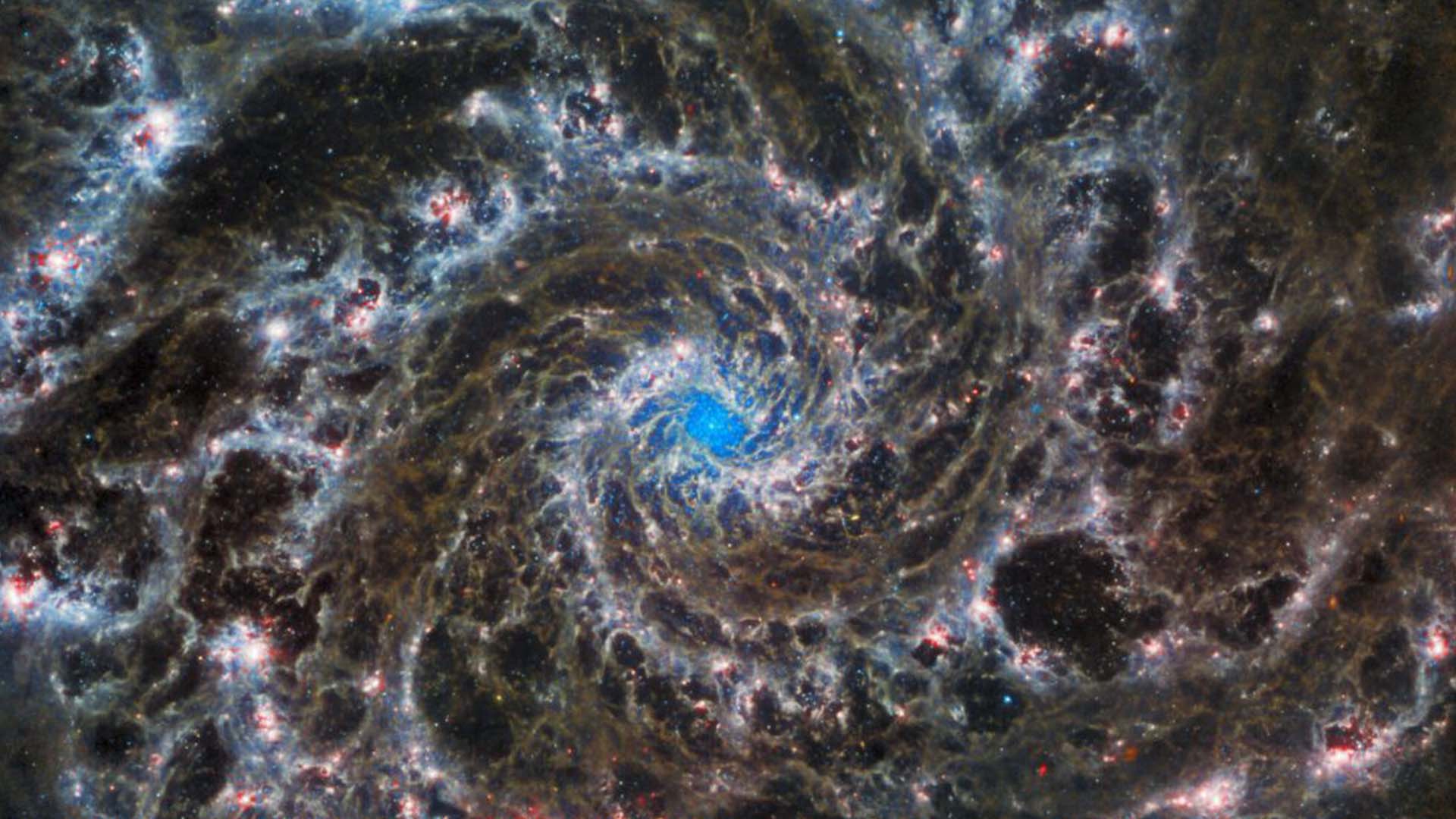
How do Scientists Choose the Winning Proposals?
For Cycle 2, a record-breaking 1,602 proposals were submitted by more than 5,450 scientists from around the world, representing 52 countries, 56 states, and 3 U.S. territories. Together, the submitted proposals requested more than 35,000 hours of telescope time. Only 5,000 hours of telescope time, however, was available to be allocated.
To select the programs that will be executed, the STScI first named hundreds of members of the international astronomical community to serve on the Telescope Allocation Committee. Each reviewer was assigned to a topical panel reflecting their scientific expertise, and each panel was allocated telescope time for which it can recommend observing programs.
According to Christine Chen, associate astronomer and JWST Science Policies Group lead at the STScI, “Reviewers are asked to grade each proposal based on three criteria: (1) impact within subfield, (2) out-of-field impact, and (3) suitability for the observatory.” To ensure complete fairness, the reviewers didn’t know who wrote the proposals, and the proposers didn’t know who reviewed them.
At the Telescope Allocation Committee meeting, the panelists reviewed the strengths and weaknesses of all of the remaining proposals before regrading and re-ranking the proposals. The highest-ranked proposals were then recommended to the STScI director who approved the final selection. The winning proposers were notified, and the implementation of the awarded observations now begins.
Cycle 2 will begin on July 1, 2023, and it will run for a year until June 30, 2024. Next spring, a similar peer review process will occur again for the James Webb Space Telescope’s third cycle.
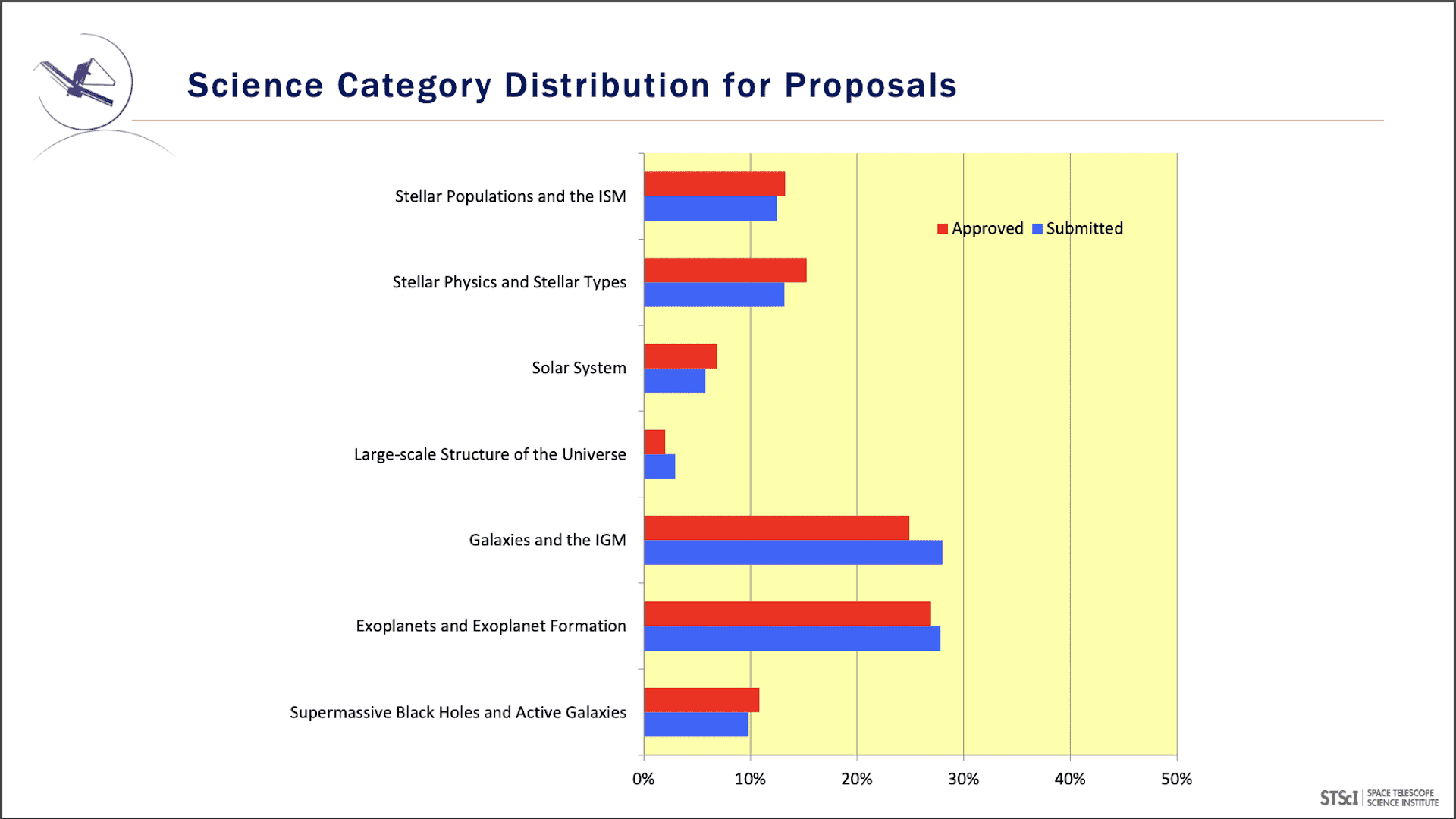
What will the James Webb Space Telescope Observe in Cycle 2?
The 249 winning proposals cover many topics in astronomy and astrophysics, from exoplanets to supermassive black holes to supernova remnants. The entire abstract catalog can be found here, which lists the abstracts of all of the selected programs.
Notable programs include a proposal to use the James Webb Space Telescope to probe Saturn’s moon Enceladus, which may harbor a habitable ocean beneath its icy surface. The telescope’s NIRSpec will be able to look for evidence of ocean chemistry on the moon’s surface which could tell scientists about the habitability of the hidden ocean.
Another accepted proposal will use NIRCam and a giant cluster of galaxies called Abell 2744 to gravitationally magnify the light of some smaller objects up to 750 million years after the big bang. The project’s goal is to look for clumps of primordial gas, which could contain clusters of Population III stars. These stars are thought to be the first to have lit up the universe.



